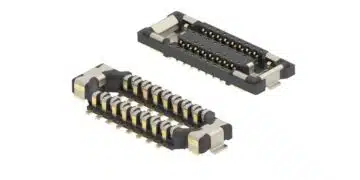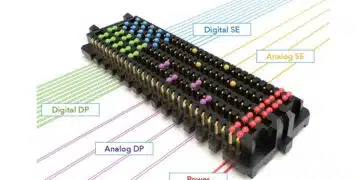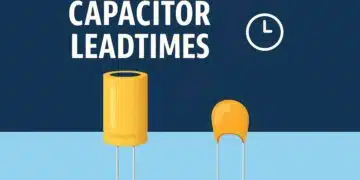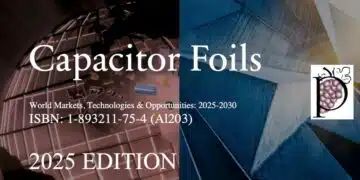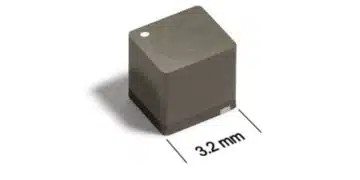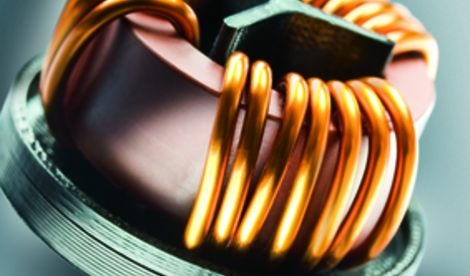source: Schurter news
An efficient circuit development requires a previous simulation. However, each simulation is only as good as the model is capable of mapping the reality. Therefore SCHURTER provides sophisticated simulation models for its entire range of chokes taking into account magnetic saturation.
Circuit simulation is an important part of the circuit design and is simplified by many computer-aided tools. A proven tool for this is SPICE (Simulation Program with Integrated Circuit Emphasis).
As realistic as possible
The aim of the simulation is to provide a precise image of the actual functional behavior in reality. For this purpose the components must take into account parasitic portions or thermally induced reductions, which requires more complex simulation models of the individual components and accordingly leads to more accurate simulation results.
For these reasons SCHURTER has measured the relevant basic data for all products of its choke assortment and has rephrased them abstractly by a formal description of the physical parameters. Thus these parasitic and technically limiting factors can be taken into account in the SPICE simulation model.
The individual components are grouped into libraries which can be easily imported into the usual SPICE simulation tools. The entire product family is then available for circuit simulation and can be selected according to different parameters (e.g. rated current). The various current-compensated chokes can be compared with the provided simulation models and their frequency behavior and their saturation behavior can be analyzed. This preliminary analysis greatly reduces time and money involved in prototyping.
SPICE models
With detailed SPICE simulation models SCHURTER offers reliable support for the safe and cost efficient development of electronic circuits using current compensated or linear chokes. The respective damping curves and SPICE models as well as the mechanical CAD models are available for all SCHURTER products from the choke range.





